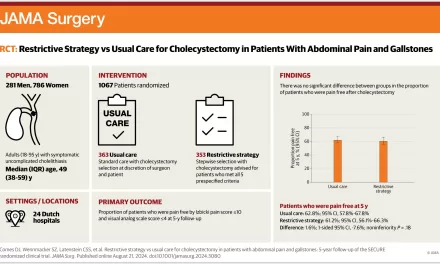A new study conducted by the National Collegiate Athletic Association (NCAA) has shed light on a concerning trend: the doubling of suicide rates among college athletes in the United States over the past two decades. Published in the British Journal of Sports Medicine, the research, led by Bridget M. Whelan, MPH, highlights the pressing need for increased awareness and support for the mental health of student-athletes.
The study, which analyzed data from 2002 to 2022, utilized sophisticated statistical models to assess changes in suicide incidence rates over time. Drawing from the NCAA death database, researchers identified a total of 1102 deaths, with 11.6% attributed to suicide. Of these cases, 77% were men, and 59% were White, indicating demographic patterns within the athlete population.
The findings revealed that the incidence of suicide among college athletes has become the second most common cause of death, trailing only accidents. Particularly alarming is the doubling of suicide proportions from the first to the second decades of the study period, underscoring the urgency of addressing this growing crisis.
Further analysis indicated that male cross-country athletes faced the highest suicide incidence rate, emphasizing the need for targeted interventions within specific sports communities. The study also highlighted gender-specific trends, with a linear increase in suicide rates among men and a quadratic association among women, suggesting differing risk factors and trajectories.
In response to these findings, the authors emphasized the unique stressors faced by collegiate athletes, including academic pressures, performance expectations, time demands, injuries, and the challenges of maintaining a strong athletic identity. They stressed the importance of recognizing these factors and implementing effective prevention strategies to support the mental well-being of student-athletes.
Despite the gravity of the findings, the study also acknowledged certain limitations. Notably, the lack of a mandatory reporting system for athlete deaths in the United States may result in underestimation of suicide rates. Additionally, cases of overdose, which may not be clearly intentional, could contribute to misclassification and underreporting.
The study’s publication comes at a critical juncture, prompting calls for action to prioritize mental health support within collegiate athletic programs. As the prevalence of suicide among college athletes continues to rise, it is imperative that stakeholders across academia, athletics, and healthcare collaborate to address this pressing public health issue.











